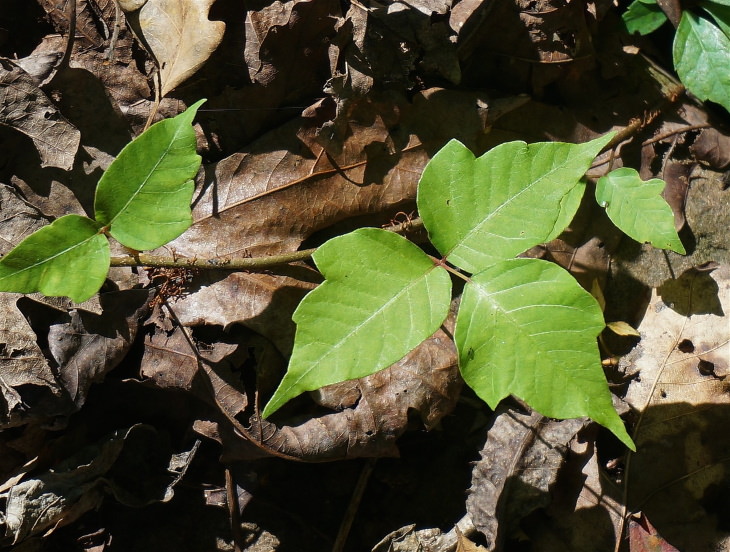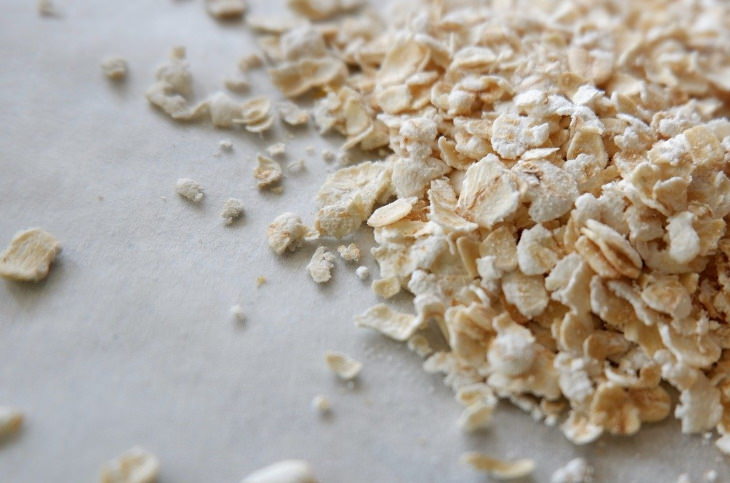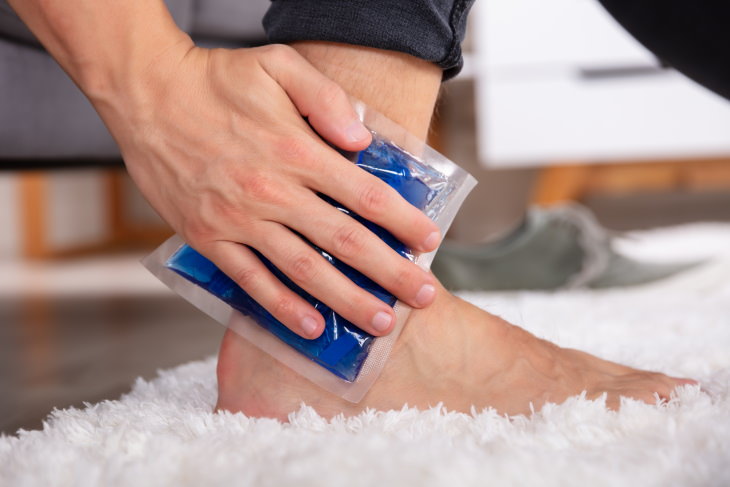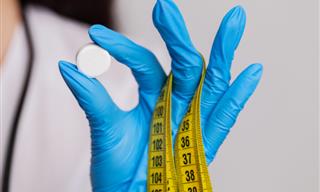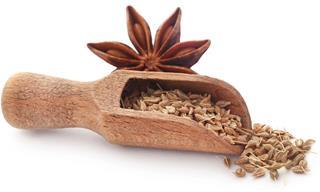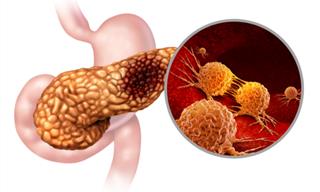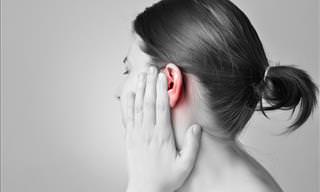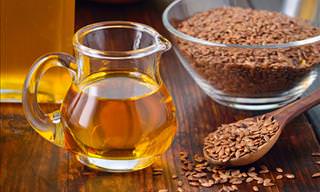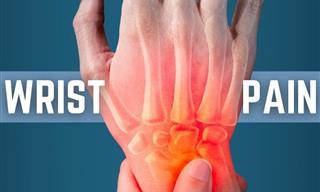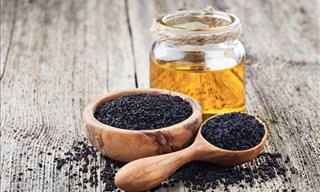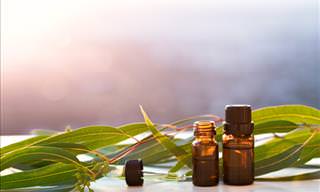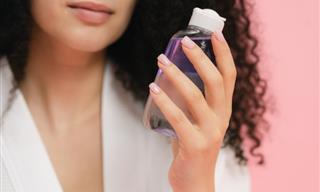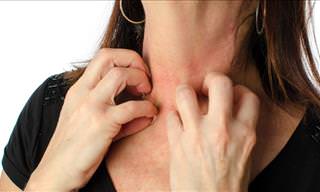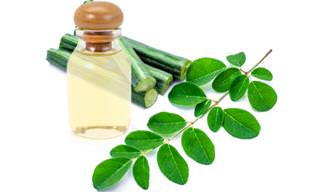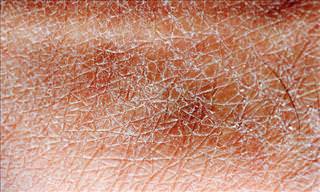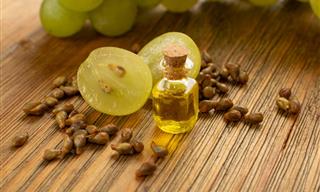Why does poison ivy trigger a rash?
Poison ivy (Toxicodendron radicans) is a three-leafed vine plant widespread in the US and Asia. The seemingly harmless ground-dwelling plant contains an oily substance called urushiol. The same substance is also present in poison oak and poison sumac, so the tips we share here will also apply to rashes caused by these plants.
Urushiol is an extremely common allergen that causes an itchy, red, and blistering rash that appears immediately or within 96 hours after exposure to the plant. The rash and itching can persist for weeks. Between 50 and 75% of Americans are allergic to urushiol, and 10-15% are extremely allergic, to the point that they need medical help if they touch the plant.
If you notice poison ivy oil on your skin, wash the affected area right away with plenty of lukewarm water and soap. This will prevent the rash from spreading. Taking allergy medication and applying hydrocortisone cream or calamine lotion on the area can help the itching and reduce the severity of the allergic reaction. If the rash is large, appears on the face or genital area, or causes severe skin symptoms, difficulty breathing, or a fever above 100°F (38°C), seek urgent medical help.
In light to moderate cases, it’s safe to treat a poison ivy rash at home. But what can you do if you have no suitable medications on hand? This is when home remedies come in - they help reduce your symptoms and speed up the healing process. We list 6 such effective home remedies below.
1. Save your banana peels, cucumber peels, and watermelon rinds
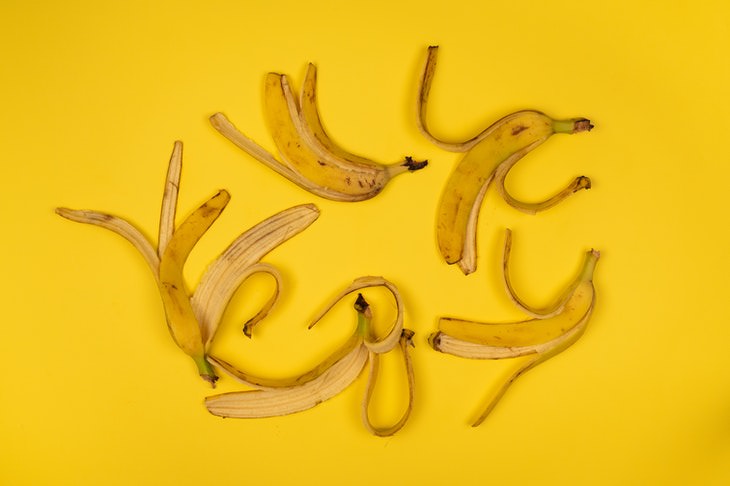
Rub the inside of a watermelon rind or banana peel on the affected area to alleviate itching. These food scraps have cooling properties when they make contact with the skin. Cucumber slices or a paste made of mashed cucumbers have a similar cooling and soothing effect on the skin.
Related Article: 6 Extremely Poisonous Plants People Confuse for Food
2. Make a baking soda paste
A baking soda paste is one of the most well-known home remedies for a poison ivy rash with blisters. The baking soda helps dry out the oozing blisters and speeds up the healing process. To make the paste, mix 3 parts baking soda with 1 part water. Spread an even layer of the paste to the bothersome area. Wait for the mixture to dry and flake off on its own.
For oozing blisters, you can also soak a piece of sterile gauze in a mix of 2 cups water (0.5 l) and 1 teaspoon baking soda, covering the blisters with the wet gauze for 10 minutes every 8 hours. Avoid using baking soda if your rash appears near the eyes.
3. Take a bath in lukewarm water and oatmeal
A simple practice like taking a bath or even showering between 15 and 30 minutes in lukewarm water every 8 hours can really help reduce the itching caused by a poison ivy rash. It’s important to use lukewarm water because hot water can actually worsen the symptoms. If you have some oatmeal at home, blend about a cup of oatmeal flakes into a fine powder and add it to your bath.
According to a 2007 research article, an oatmeal bath can help soothe redness, reduce itching, and dry leaky blisters caused by poison ivy. Another effective anti-itch remedy for a bath involves baking soda. Add 1 cup of baking soda to your bath soak for 15-30 minutes.
4. Apply a cold compress - with ice, tea, or witch hazel
Anything cold helps reduce the sensations of itching and pain on the skin. But in the case of poison ivy, cold compressed also help reduce the rash. It also serves as a barrier that won’t let you scratch the rash, which is super important because scratching can cause infections and scars from blisters.
Simply use a cold gel pack like the one in the picture above or wrap some ice in a towel and apply it to the area. Some people also swear by covering the rash in a gauze pad soaked in cold strong-brewed tea or witch hazel as a method of drying up and weeping rash and reducing itching. Both witch hazel and tea contain tannins - compounds that reduce swelling and inflammation.
5. Aloe vera
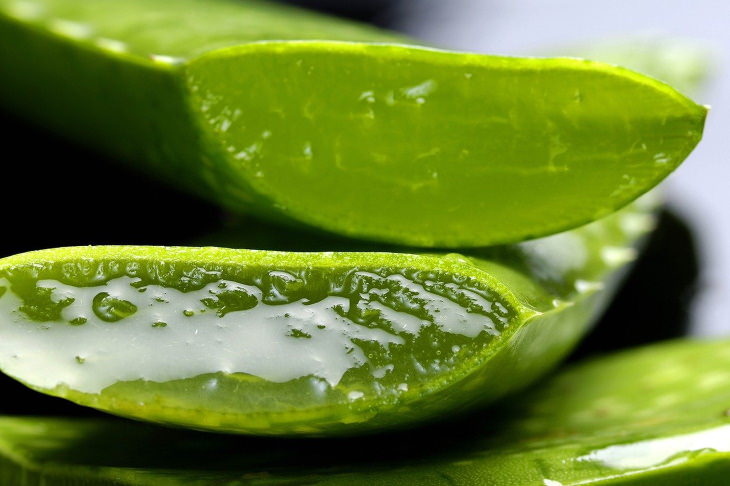
Aloe vera isn’t only beneficial for sunburnt skin. The same soothing effect comes extremely handy for poison ivy rashes, too. Aloe vera gel has cooling and anti-inflammatory properties. Aloe gel is readily available at drugstores. But if you have an aloe plant at home, simply cut off one leaf and squeeze out the gelatinous substance inside. Apply aloe gel directly onto the affected area, no need to wash it off.
6. Prevent spreading with rubbing alcohol
In most cases, we wouldn’t advise applying pure rubbing alcohol to the skin, as it dissolves all oils on the skin, drying it out. A poison ivy rash is an exception to that rule. Since the substance that causes the rash - urushiol - is oily in nature, you can use rubbing alcohol to soak it up before it penetrates the skin. Apply rubbing alcohol on the skin immediately after contact with poison ivy and use it to disinfect camping gear, clothing, or any other items that came in contact with the plant.
Some people also recommend using apple cider vinegar (ACV) on a fresh poison ivy rash, but many dermatologists actually advise against this practice, as the acidity level of the vinegar is high enough to cause chemical burns and irritation if used directly on the already compromised skin affected by the poison ivy rash. If you want to use ACV to treat poison ivy, put a tiny drop of it on a small skin area to test for any adverse skin reactions first. We hope you found this information helpful. Take care!
Share these tips with those who will find them useful!
 Go to BabaMail
Go to BabaMail


